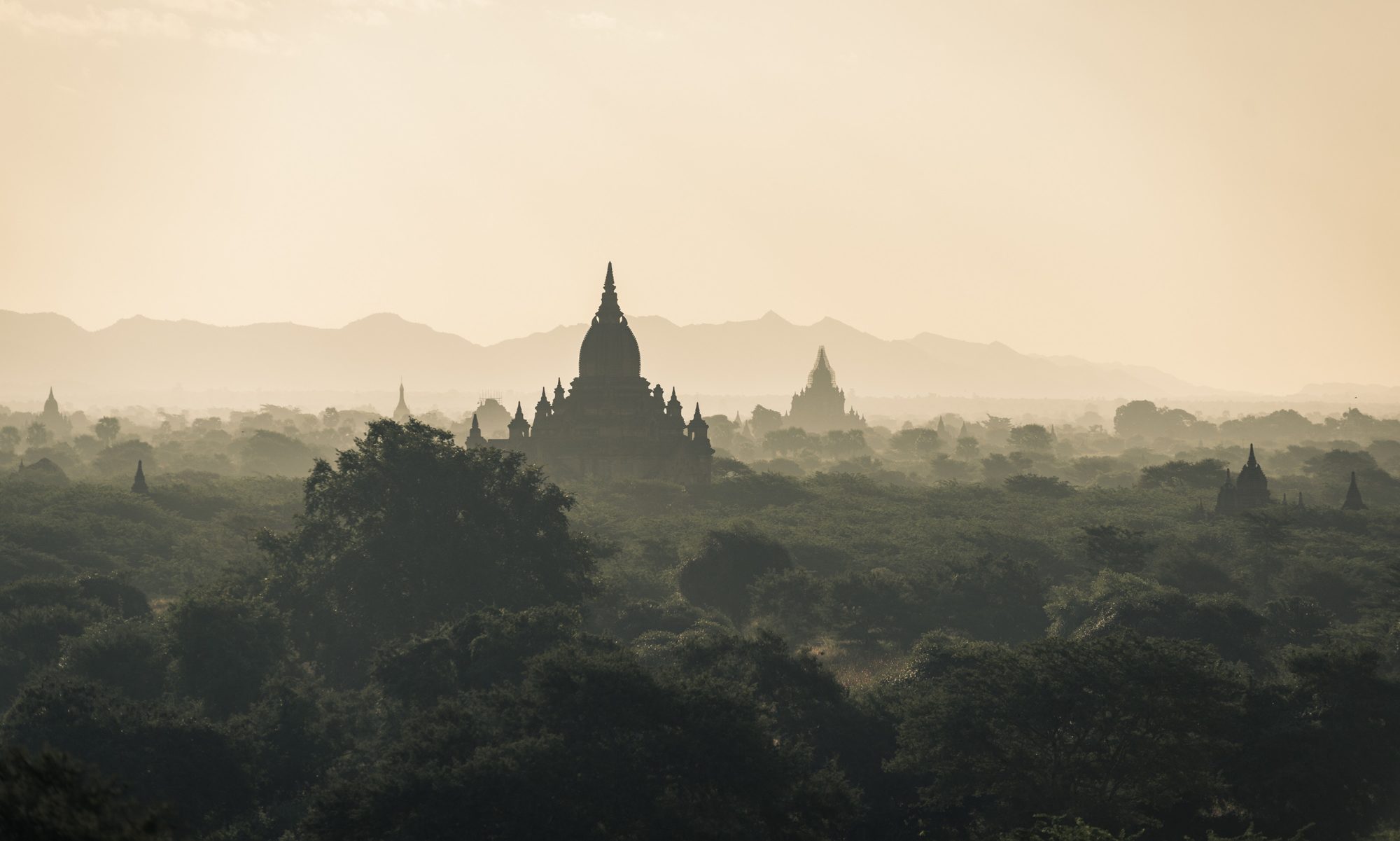The City I Call Home
Yangon – A City with Character
The enigmatic city, Rangoon became Yangon in 1989. But as they say, “what is in a name”. it is the same place with character and beauty, charm and attraction for locals as well as foreigners. Having visited this city once, there is a desire to come again and again.
Yangon today is well on its way to becoming a modern cosmopolitan Asian city, acquiring all the structures and components of a developed domain. High rise buildings, hotels and luxury condominiums, shopping malls and restaurants have all mushroomed all over the city.
Once the centre of trade and education, the city has a colourful past, having served as the capital of the erstwhile Burma and continues as the country’s commercial capital, still the most developed out of all cities, holding something for everyone who visits, or like me, chooses to stay.
The city has a long history and has been exposed to numerous influences, all of which are evident in some aspect of the city. The most conspicuous is the strong British influence that stays long after they left the country 68 years ago, in the form of architecture, cuisine to an extent, and the English language which faded away during the decades of isolation.
Yangon has a distinct Asian feel, a lot of the world charm, excellent architecture, natural lakes and parks and sufficient greenery that makes a difference to the quality of life. The largest number of colonial buildings in South east Asia, can be found in Yangon, and it is home to the most beautiful Shwedagone Pagoda, and the 2000-year old Sule Pagoda, and scores of other equally peace-inspiring pagodas, museums and markets, lakes and gardens.
In the last five years the city has grown and expanded, and now seems to be bursting at its seams. We have witnessed the skyline changing, and the one visible, vast green expanses stretching till nearly the horizon, have now been curtailed, with tall new structures of hotels, malls and residential complexes, and cranes lifting concrete have replaced the golden domes of pagodas we could see in the distance.
The number of cars has multiplied manifold, and traffic jams have become a permanent fixture on most roads. The density of population has also increased, with citizens finding this city the best bet for employment and a seemingly better life, as well as expatriates coming to explore avenues for business.
Yangon is home to nearly 6 million people who find it safe and the most liveable city in the country. It is only now after five years that we hear of petty crimes, random night time dangers and a threat to its safe status. I remember the time when the prospect of moving to Yangon first came up, I checked and found out that Yangon at that time was the safest city in the world. The image is somewhat tainted now.
What I like about Yangon is the pace of life, the smiling faces, the simplicity of its people and the richness of its culture, the all-pervasive Buddhist beliefs that are deeply entrenched in the common man, who learns to share and donate out of his meagre portions, who extends help and assistance to anyone and everyone, and who happily renounces worldly ties and goes for meditation retreats once or more annually.
It is this Buddhist spirit that keeps them content and accepting, away from violence and craving and also away from crime. From very early in life people learn to follow the path of Dhamma, give donations to the needy and share what they have, and live a life of devotion and faith.

Insights into Yangon and Myanmar